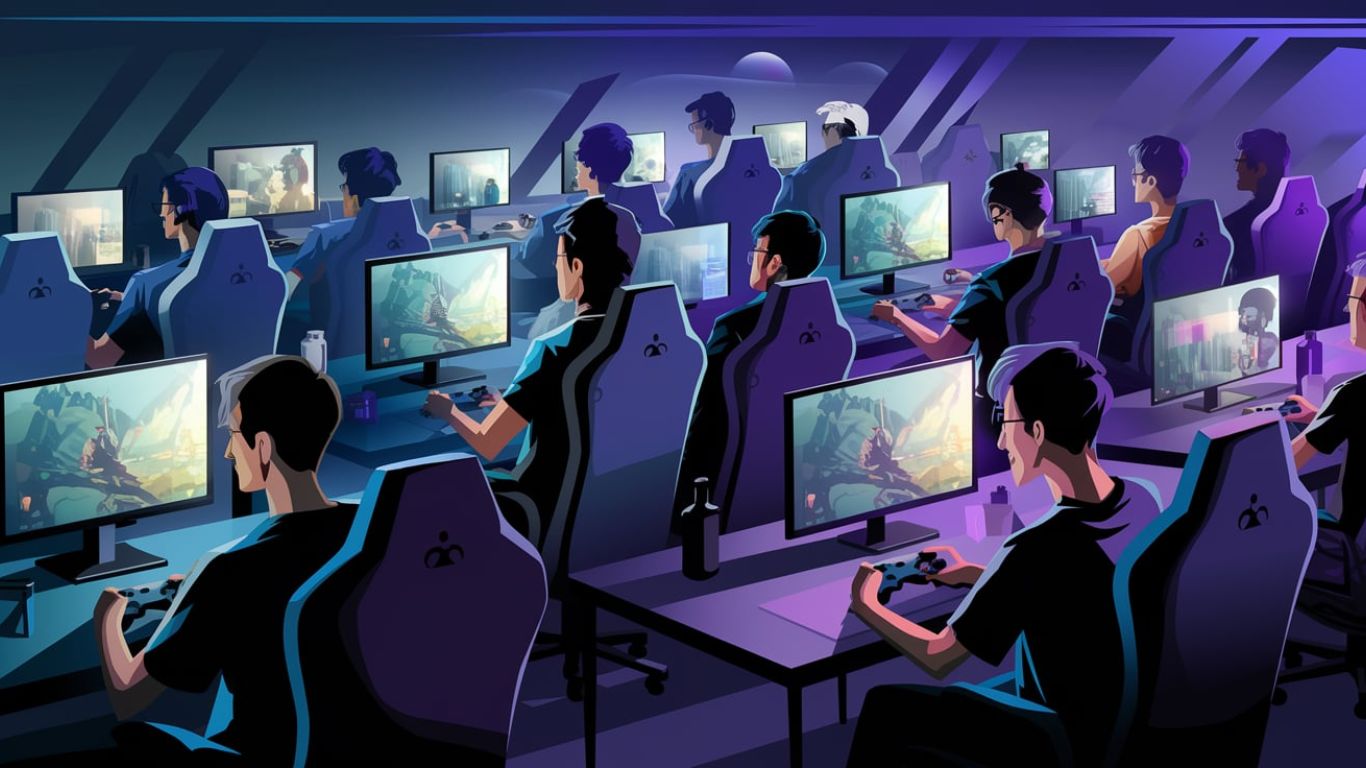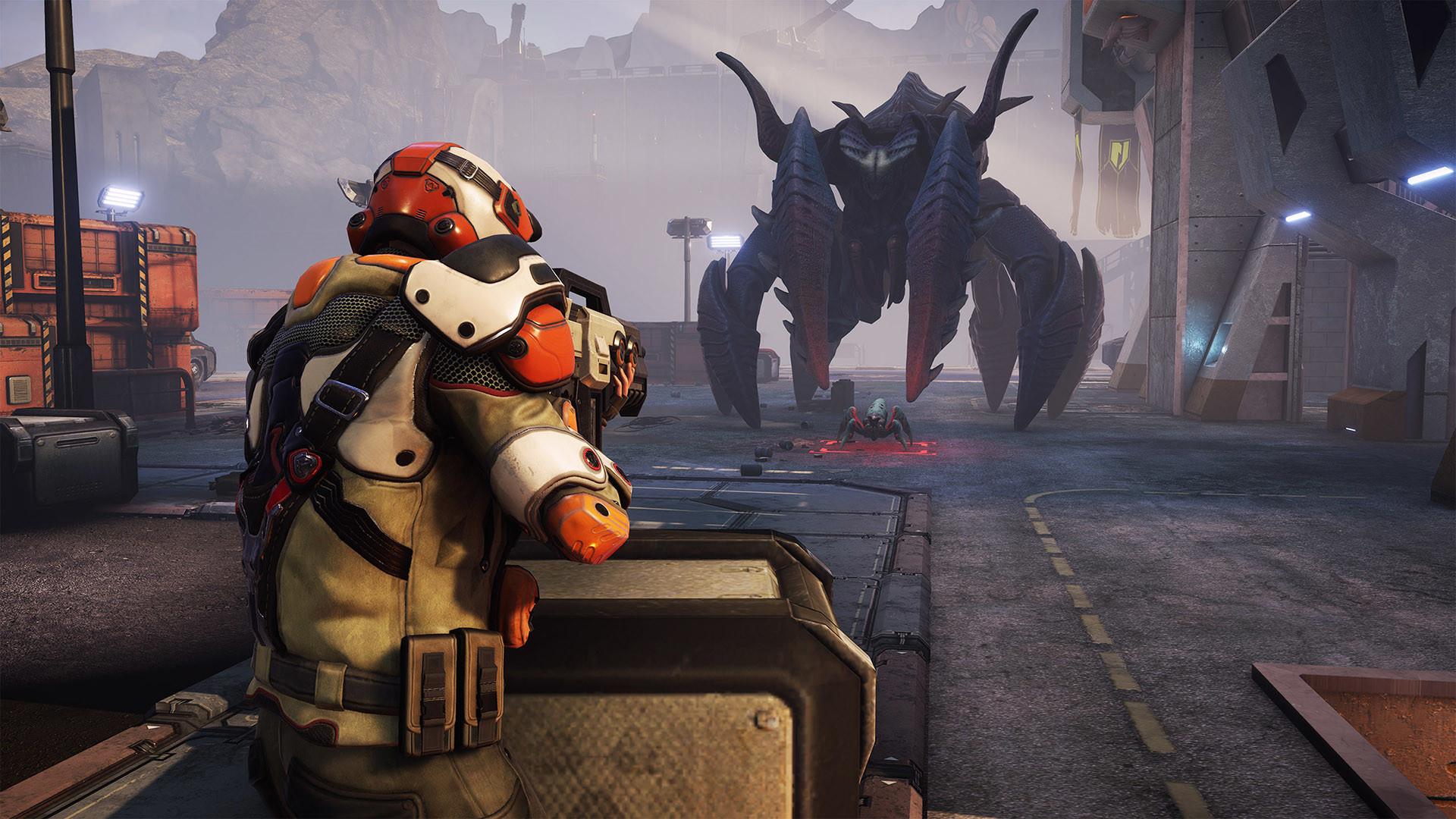
Gaming has evolved far beyond the days of cartridges and discs. The rise of the internet and technology has ushered in a new era in the world of gaming, and one term that has been making waves in the industry is “Games as a Service” or GaaS.
But what exactly is GaaS, and how can it be leveraged to maximize marketing potential?
In this article, we’ll dive into the world of Games as a Service, exploring its core concepts, benefits, and strategies that game developers and publishers can employ to harness its full power.
Understanding Games as a Service (GaaS)
GaaS, short for Games as a Service, refers to a business model within the gaming industry where video games are not just standalone products but rather ongoing services that evolve and grow over time.
Unlike traditional games that are sold as completed products, GaaS titles are designed to provide continuous updates, new content, and engaging experiences to players.
This model not only extends the lifespan of a game but also fosters a strong and dynamic player-community relationship.
The Benefits of Adopting a Games as a Service Strategy
1. Sustained Player Engagement
Games as a Service encourages players to stay connected to the game world for longer periods of time.
With regular updates and fresh content drops, players are motivated to return frequently to explore new challenges and experiences.
This sustained engagement not only keeps the player base active but also presents opportunities for in-game purchases and microtransactions, enhancing revenue streams.
2. Flexible Monetization
Unlike the traditional one-time purchase model, GaaS allows for diverse monetization approaches.
Developers can offer free-to-play access with in-game purchases, subscriptions for premium content, or a combination of both.
This flexibility attracts a wider range of players, including those who might be hesitant to make a full upfront payment.
3. Community Building
Games as a Service inherently promotes the formation of vibrant gaming communities.
As players continually interact with the game and its updates, they connect with fellow gamers, share strategies, and discuss new features.
This sense of belonging not only improves player retention but also serves as a fertile ground for word-of-mouth marketing.
Crafting a Games as a Service Marketing Strategy
1. Emphasize Long-Term Value in Messaging
When marketing a GaaS title, focus on the long-term value players will receive. Highlight the regular content updates, events, and features that will keep the gaming experience fresh and exciting.
Use phrases like “endless adventures” and “ever-expanding world” to convey the sense of ongoing exploration.
2. Create Anticipation through Teasers
Teaser campaigns can effectively build anticipation around upcoming content drops.
Utilize short videos or images on social media platforms to offer sneak peeks of what’s to come.
Phrases like “Get ready for something game-changing” can pique curiosity and drive engagement.
3. Incorporate Interactive Events
Host in-game events that encourage player participation and collaboration.
Whether it’s a community challenge, a special event, or a limited-time quest, these interactive experiences foster a sense of excitement and unity among players.
Promote such events with phrases like “Join forces with players worldwide.”
4. Leverage Player-Generated Content
Encourage players to share their own experiences, fan art, and content related to the game.
Showcase the best submissions on official platforms and involve the community in voting or sharing their favorites. Highlight phrases like “Your creativity, our canvas.”
Games as a Service Strategies at Play: Table of Marketing Innovations
In the realm of Games as a Service, the innovative application of marketing strategies plays a pivotal role in capturing players’ attention and sustaining engagement.
Below, we unveil a table that illustrates various GaaS marketing tactics employed by game developers to enhance player interaction and drive success.
| Marketing Strategy | Example Implementation | Impact |
|---|---|---|
| Live Events | In-game concerts, exclusive challenges | Generates buzz, boosts player engagement, and creates a sense of urgency to participate. |
| Collaborations | Crossover events with other franchises | Expands the player base, creates hype, and capitalizes on the popularity of partner franchises. |
| Season Passes | Offering access to upcoming content | Guarantees player investment, provides a clear roadmap of content releases, and sustains excitement. |
| Community Content | Showcasing player-generated content | Fosters player involvement, strengthens community bonds, and showcases the game’s creative potential. |
| Time-Limited Offers | Exclusive rewards for a limited time | Creates a sense of scarcity, drives immediate action, and rewards players for engagement. |
These dynamic marketing strategies within the GaaS model demonstrate how creativity and innovation in player engagement strategies have become essential in shaping the success of modern gaming experiences.
The Future of Gaming: Games as a Service on the Rise
In the dynamic realm of gaming, a revolutionary force is reshaping the landscape and propelling it into uncharted territories.
This force is none other than the Games as a Service (GaaS) model, a phenomenon that has gained unstoppable momentum and is poised to definitively shape the future of gaming.
1. Games as a Service: Revolutionizing Gaming Paradigms
In the traditional landscape, the gaming industry adhered to a linear trajectory. Games were developed, packaged, and sold as standalone products.
Players embarked on their virtual adventures, but once the quests were completed and the stories told, the journey often reached its conclusion.
GaaS disrupts this norm by introducing a dynamic shift that transforms games from products into living, breathing services.
2. A Living Ecosystem of Infinite Possibilities
At its core, GaaS breaks free from the constraints of static gaming experiences. It embraces the idea that a game is not merely a finished entity but an evolving ecosystem that can be nurtured and expanded over time.
With GaaS, players break free from a single storyline or a limited set of features. Instead, they become integral to a living narrative, where new chapters are authored, and new horizons are perpetually unveiled.
3. Unleashing Unbounded Creative Freedom
The ascent of GaaS empowers developers to dream more expansively and innovatively.
It liberates them from the constraints of traditional game development cycles and empowers them to traverse uncharted territories of creativity.
With the latitude to introduce fresh content, mechanics, and experiences, developers can consistently uphold a game’s relevance and captivate their audience indefinitely.
4. A Win-Win for Players and Developers
GaaS fosters a symbiotic relationship where both players and developers emerge triumphant.
For players, it signifies an expanse of evergreen entertainment. No longer relegated to a solitary playthrough, they can immerse themselves in an ever-evolving universe, constantly unearthing novel and riveting experiences.
For developers, GaaS translates into sustained engagement and monetization prospects.
As players remain engaged and invested, developers can continually refine their creations and introduce premium content that players eagerly explore.
GaaS fosters a symbiotic relationship where both players and developers emerge triumphant. For players, it signifies an expanse of evergreen entertainment that transcends the realm of mindless games. No longer relegated…
5. A Platform for Community and Connection
In the world of GaaS, gaming transcends the boundaries of mere entertainment. It evolves into a conduit for community building and connections that span the globe.
Players congregate not solely to play but to collaborate, compete, and celebrate their shared passion.
Online forums, social media, and in-game interactions evolve into hubs of interaction, fostering friendships and alliances that endure beyond the virtual realm.
6. Pioneering the Uncharted: Games as a Service’s Limitless Potential
As GaaS continues its meteoric ascent, its potential knows no confines. The future promises augmented reality integrations, immersive virtual worlds, and seamless cross-platform experiences.
The demarcations between single-player and multiplayer, reality and fantasy, will blur, giving rise to gaming experiences that are richer, deeper, and more interconnected than ever before.
In this GaaS era, the possibilities are as boundless as the digital landscapes it creates.
As players embark on their odysseys of exploration, competition, and camaraderie, one certainty remains: the future of gaming radiates with optimism, and the GaaS model stands as a guiding light illuminating the path ahead.
FAQs: Answers to Common Questions About the Games as a Service
1: What distinguishes Games as a Service (GaaS) from traditional gaming models?
While traditional games are static experiences, GaaS introduces an evolving ecosystem. GaaS games continue to grow with fresh content, updates, and player interaction, ensuring a dynamic and ongoing experience that traditional games can’t match.
2: How does GaaS impact player engagement and retention?
GaaS significantly boosts engagement by providing a continuous stream of content. Players are drawn back by the promise of new adventures, challenges, and social interactions, fostering a sense of community and loyalty.
3: How does the Games as a Service model benefit indie game developers?
GaaS offers indie developers a leveled playing field. With the right marketing strategy, indie developers can create unique, ongoing experiences that rival larger titles, attracting a dedicated player base and generating sustainable revenue.
4: Can Games as a Service work for different game genres, including complex ones?
Absolutely. GaaS can adapt to a wide range of genres, including complex ones. The key lies in creating a roadmap of updates, expansions, and events that enhance the core gameplay experience, keeping players invested and excited.
5: Does Games as a Service hinder the quality of game releases due to constant updates?
Not necessarily. GaaS shifts the approach to development, allowing for both initial quality and ongoing enhancements. With careful planning, developers can ensure that updates not only maintain quality but elevate the game’s overall experience.
6: What is an example of a game as a service?
Fortnite is a prominent example of a game as a service. It offers regular updates, events, and in-game purchases, transforming it into an ongoing platform with evolving content.
7: Is Destiny 2 a game as a service?
Yes, Destiny 2 is a prime example of a game as a service. Bungie continually releases expansions, seasonal content, and events, fostering an enduring player experience.
8: What was the first game as a service game?
Runescape, launched in 2001, is often regarded as one of the earliest examples of a game as a service. It introduced regular content updates and embraced player interaction in an evolving online world.
9: What is the GaaS model of games as a service?
The GaaS model involves creating games that are continually updated with fresh content, events, and features. This approach transforms games into dynamic, ongoing experiences, enhancing player engagement and longevity.
Conclusion
Games as a Service (GaaS) is more than a trend; it’s a transformative approach to gaming that redefines how players interact with and experience games.
The strategy’s focus on continuous updates, player engagement, and flexible monetization has the potential to reshape the industry.
By strategically implementing GaaS principles and tailoring marketing efforts to emphasize the unique benefits it offers, game developers and publishers can unlock a new realm of possibilities and maximize their marketing potential.






































